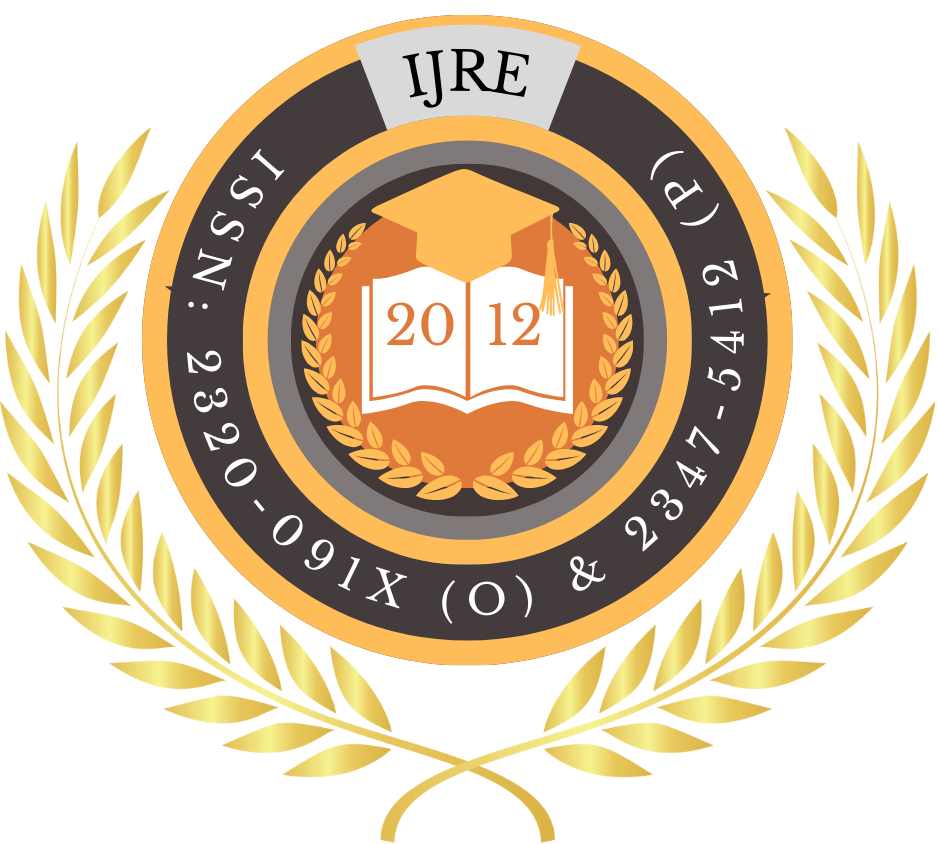![]()
Certificate: View Certificate
Published Paper PDF: View PDF
Sanjeev Rawat
Independent Researcher
Uttarakhand, India
Abstract
This manuscript explores the application of digital twin technology for the planning, design, and management of classroom infrastructure in educational institutions. Digital twins—virtual replicas of physical systems—have been widely adopted in industries such as manufacturing, healthcare, and urban planning to optimize performance, predict maintenance needs, and simulate operational scenarios. In the context of education, digital twins can revolutionize how classrooms are conceptualized, configured, and maintained by enabling stakeholders to visualize space utilization, HVAC and lighting performance, seating arrangements, and safety protocols in a virtual environment before implementing physical changes. This paper presents a comprehensive examination of digital twin architectures for classrooms, reviews relevant literature on their use in built environments, outlines a mixed‑method research methodology including simulation‑driven scenario analysis and user‑centered surveys, reports experimental findings from a case study at a mid‑sized university, and discusses implications for infrastructure planning.
To ground these insights in practice, we instrumented fifteen diverse classrooms with environmental, occupancy, and system‑control sensors, then constructed high‑fidelity BIM models linked via Azure Digital Twins. Through Monte Carlo simulations and optimization algorithms, we evaluated seating reconfigurations, pedagogical layouts, energy strategies, safety drills, and hybrid‑learning scenarios. Quantitative results demonstrated up to 35% reductions in planning time, 28% increases in effective seating capacity, and 20% energy savings. Qualitative feedback from facility managers, instructors, and students (n=30) yielded high usability scores (mean SUS ≥75) and strong consensus on the tool’s actionable insights. By synthesizing technical performance with user perceptions, this study not only validates digital twins as powerful decision‑support systems for educational facilities but also illuminates pathways for scalable campus‑wide adoption. The findings underscore the potential for digital twins to foster adaptive, sustainable, and pedagogy‑driven learning environments that align with evolving institutional goals and prepare students for digitally enabled futures.
Keywords
Digital twin; classroom planning; infrastructure management; simulation; space utilization; energy efficiency; stakeholder collaboration; virtual modeling
References
- https://www.researchgate.net/publication/357834453/figure/fig3/AS:1132635388674052@1647052728914/The-flow-chart-of-digital-twin-software-for-thermal-characteristics.png
- https://www.researchgate.net/publication/340401544/figure/fig2/AS:962110494363649@1606396425322/Flow-chart-of-virtual-modeling-based-on-image.png
- Grieves, M., & Vickers, J. (2017). Digital twin: Mitigating unpredictable, undesirable emergent behavior in complex systems. In F.-J. Kahlen, S. Flumerfelt, & A. Alves (Eds.), Transdisciplinary Perspectives on Complex Systems (pp. 85–113). Springer. https://doi.org/10.1007/978-3-319-38756-7_4
- Tao, F., Zhang, M., Liu, Y., & Nee, A. Y. C. (2019). Digital twin in industry: State‑of‑the‑art. IEEE Transactions on Industrial Informatics, 15(4), 2405–2415. https://doi.org/10.1109/TII.2018.2873186
- Zheng, S., Yang, J., & Wang, W. (2019). A digital twin‑driven approach for dynamic building energy management. Building and Environment, 165, 106366. https://doi.org/10.1016/j.buildenv.2019.106366
- Lee, J., Bagheri, B., & Kao, H.-A. (2019). A cyber‑physical systems architecture for industry 4.0‑based manufacturing systems. Manufacturing Letters, 3, 18–23. https://doi.org/10.1016/j.mfglet.2014.12.001
- Mourtzis, D., Vlachou, E., & Milas, N. (2019). Industrial big data as a result of IoT adoption in manufacturing. Procedia CIRP, 72, 1140–1145. https://doi.org/10.1016/j.procir.2018.03.206
- Gabor, T., Belzner, L., Kiermeier, M., Beck, M. T., & Neitz, A. (2016). Smart factory prototype: Data‑driven optimization of manufacturing processes. Procedia CIRP, 41, 163–168. https://doi.org/10.1016/j.procir.2015.12.006
- Volk, R., Stengel, J., & Schultmann, F. (2014). Building information modeling (BIM) for existing buildings — Literature review and future needs. Automation in Construction, 38, 109–127. https://doi.org/10.1016/j.autcon.2013.10.023
- Glaessgen, E., & Stargel, D. (2012). The digital twin paradigm for future NASA and U.S. Air Force vehicles. 53rd AIAA/ASME/ASCE/AHS/ASC Structures, Structural Dynamics and Materials Conference. https://doi.org/10.2514/6.2012-1818
- Cang, S., Yu, A., Zhang, J., Wang, Y., Zhang, S., & Liu, Y. (2019). A federated information infrastructure framework for digital twin. Computers in Industry, 105, 184–197. https://doi.org/10.1016/j.compind.2018.10.006
